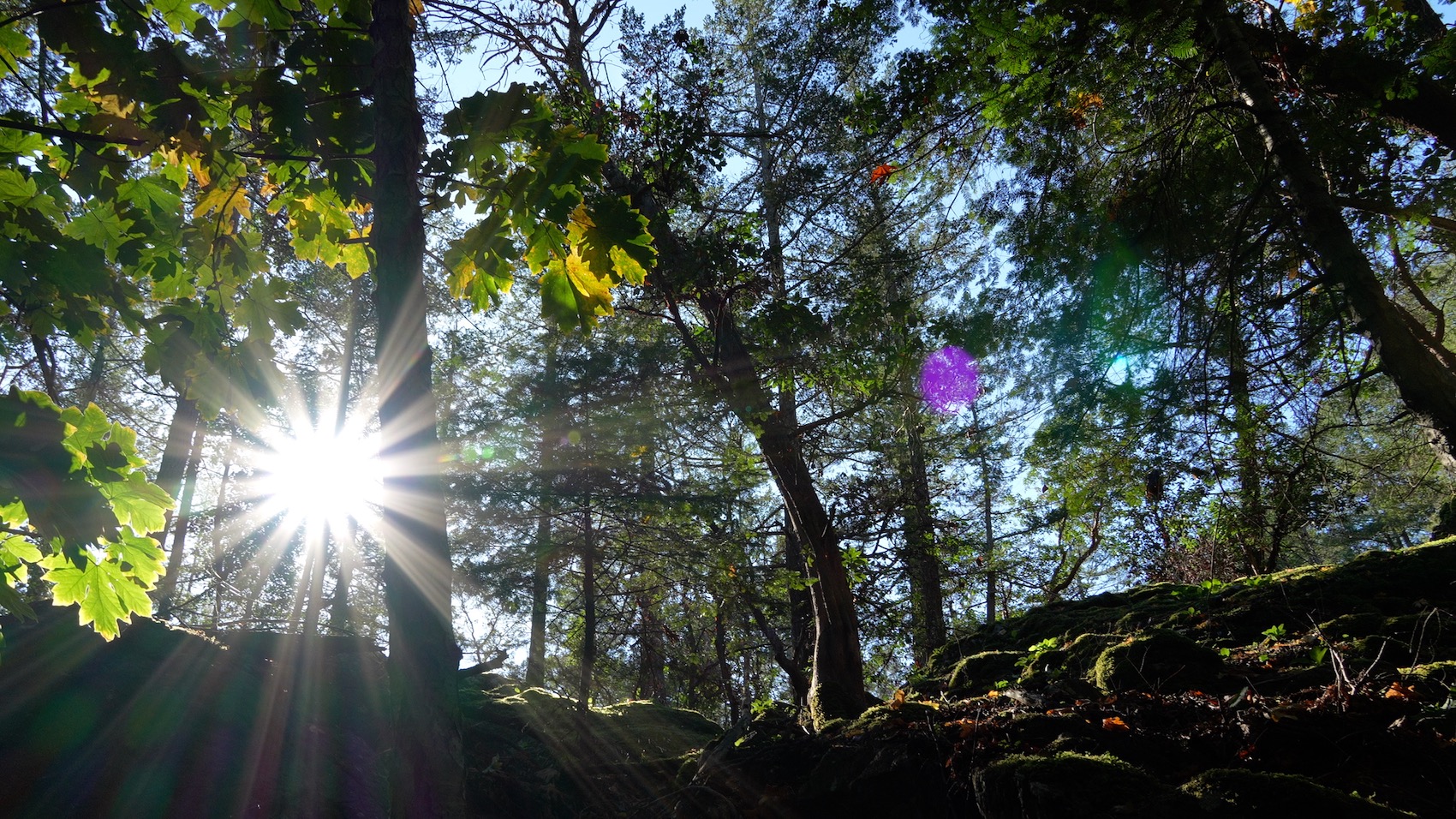
Conservation Options
Conserving natural areas, either through your generous donation to LINC’s Acquisition Fund, or by protecting your own land will leave a legacy for the future. Conserving land is one of the most effective ways of protecting habitat for wildlife and people, and to mitigate and adapt to climate change.
Many species that we share this island and planet with definitely need our help these days! More than 50 per cent of Canadian wildlife species are currently declining, and they need protected habitat to survive.
Below are some of the many options a landowner can use to conserve land.
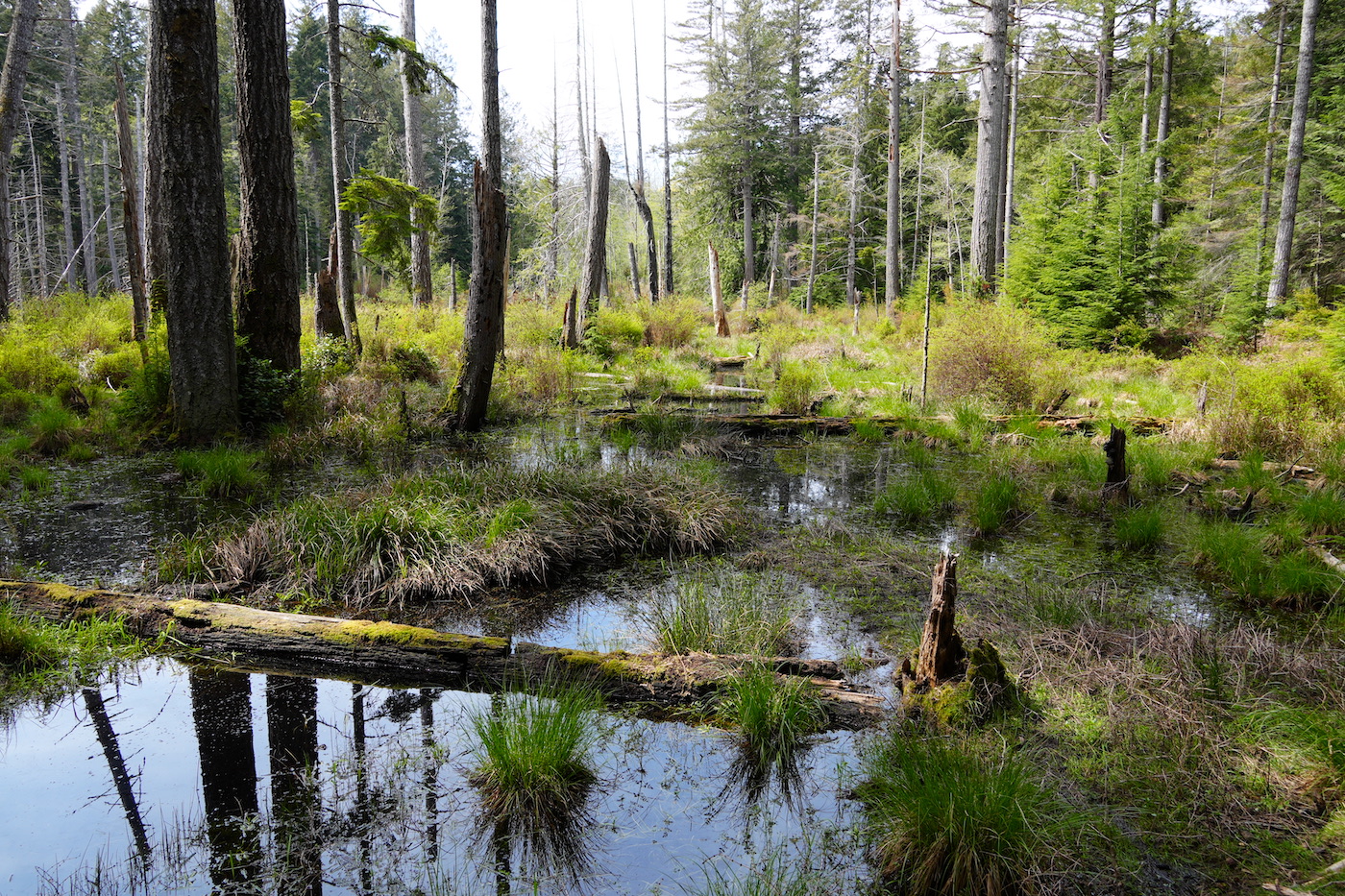
Wetlands within the Livingstone Forest Covenant
Covenants
This is an option for those people who own land and want to protect a portion of it.
A conservation covenant is a legal agreement that a landowner voluntary registers on title and remains there after it is sold – in perpetuity. Thus a caring landowner can ensure that specific areas of their land are protected well beyond their own ownership. Conservation covenants are drafted between a landowner and a conservation organization, such as LINC or the Islands Trust Conservancy. They can include all or only a portion of the land.
The terms of the covenant are negotiable, until it is registered. Thus you could protect a forested area, or a wetland or stream, and leave another area including your home and garden at your own and future owner’s discretionary use. You can still live on and enjoy the land, keeping your promise to protect the area covenanted, and know that you have significantly contributed to conservation on the island. In some cases, a conservation covenant can have reduced tax consequences for the owner.
The owner can also receive a charitable receipt for any changes to the value of the land covenanted or donated. And, in the last few years, the Ecological Gift designation has increased those tax benefits.
Tax Programs
The Islands Trust Conservancy’s Natural Areas Property Tax Program (NAPTEP) covenant offers even more tax benefits. It can offset 65% of property tax on the area covenanted, every year! It is especially beneficial, financially, for owners of waterfront property. The Islands Trust Conservancy has created a guide to calculating NAPTEP benefits and costs to help you determine how NAPTEP could be financially beneficial for you. For more information, see their website.
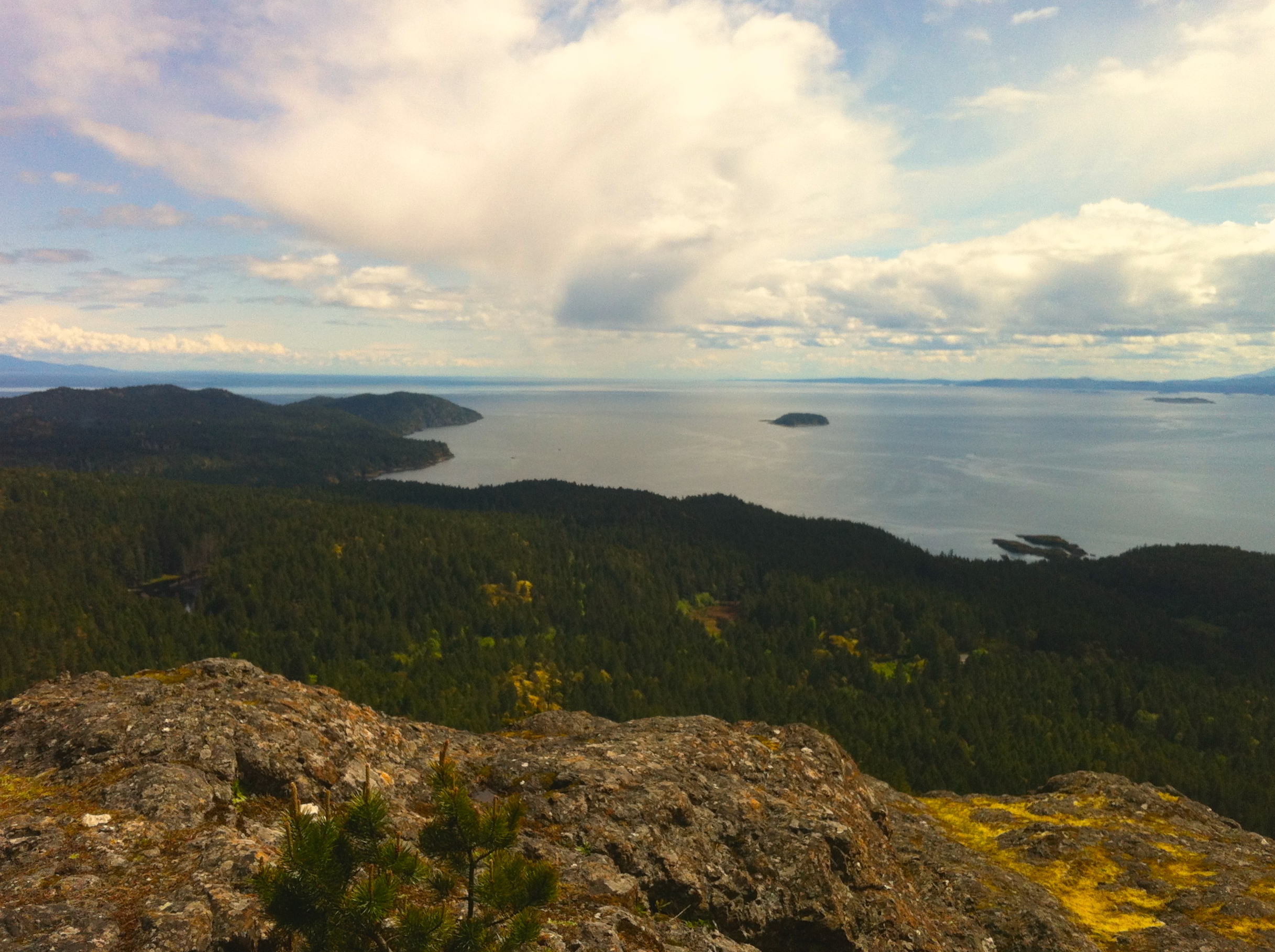
View from Mount Trematon
Bequests in a Will
A charitable bequest is a gift to a charity made in the donor’s will. Such gifts can take a number of forms, including a lump sum of money, a gift of securities, a gift of real estate or personal property, a named percentage or portion of the donor’s estate, a named percentage or portion of the residue (amount left after expenses, taxes, and other bequests have been paid) or any of these subject to a contingency such as the donor not being survived by spouse and children. Some donors create a trust in their will (a testamentary trust) which, pays income to a spouse or other family member for life or for a term of years, after which the trust remainder is distributed to the charity.
You can donate your land to a land trust, such as LINC, in your will. If the land is ecologically significant, this is a huge benefit to the island and to the wildlife that can now have permanently protected habitat. The Mount Trematon Nature Reserve and the John Osland Nature Reserve were acquired through a generous donation from islanders. The John Osland Nature Reserve was donated outright to the Islands Trust Conservancy in Johnny’s will. LINC and NALT (Nanaimo and Area Land Trust) hold the conservation covenant on the land, so that it will be protected forever, using local conservation organizations as the management body with eyes on the ground.
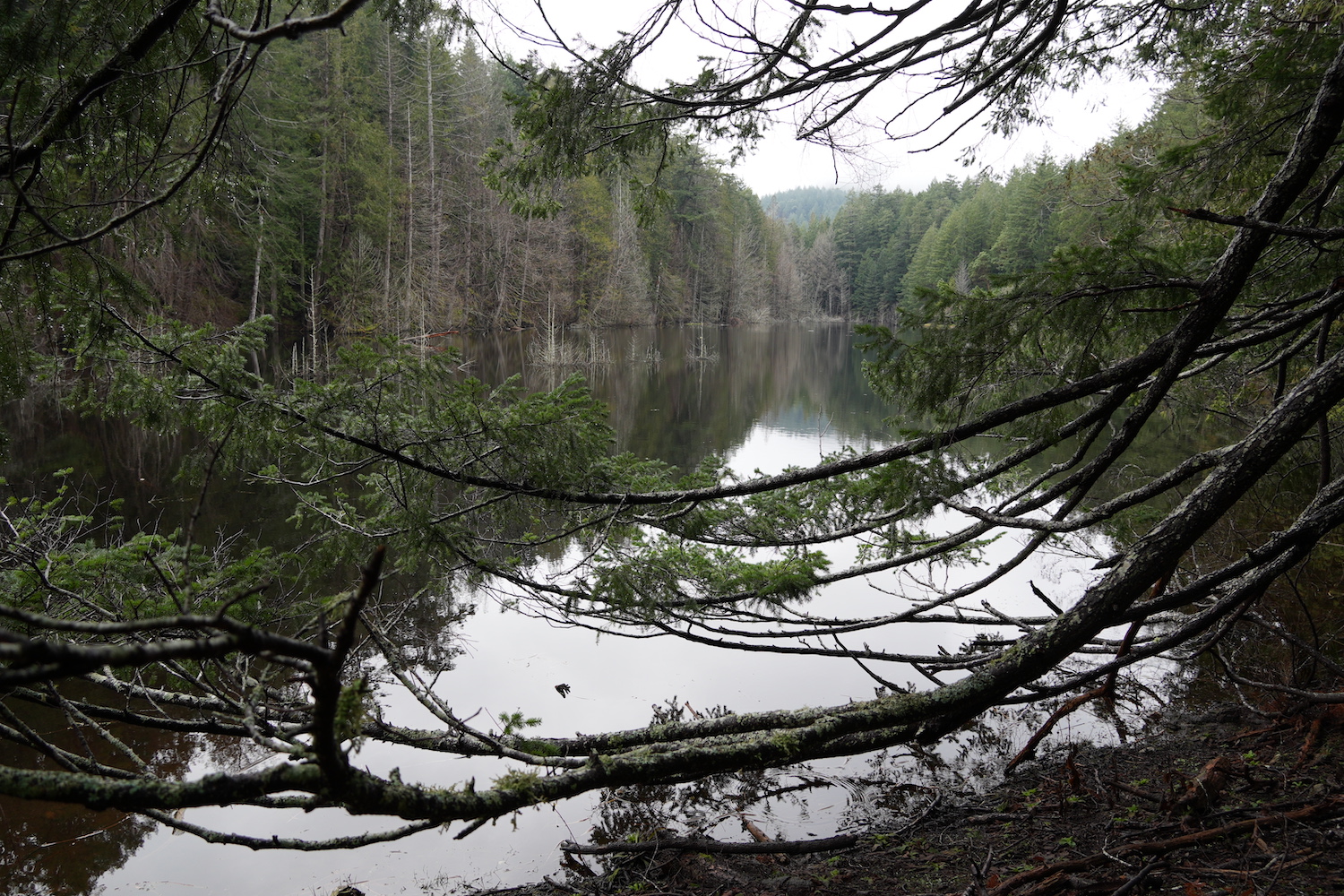
John Osland Nature Reserve
Outright Donation of Property
One can also donate a property at any time. The 58 hectare Mount Trematon Nature Reserve was donated in 2005 by Alasdair and Nancy Gordon, who shared a deep interest in Lasqueti and its native flora and fauna. They purchased this property through a legally required sale and then generously gifted the land to the Islands Trust Conservancy to safeguard its protection and to ensure public walking access to the highest summit of Lasqueti.
You may be in a position to donate property while you are alive. Thus you would receive the benefit of knowing the land is protected, and receive a charitable tax receipt for its appraised value. If a donor gifts a property that is certified by Environment Canada to be Ecologically significant, it can be designated as an Ecological Gift, and this reduces the capital gains tax to zero! If the land is not in this program, the donor receives an immediate tax receipt for the fair market value of the gift, as determined by a qualified appraisal. And, 50% of any capital gain is taxable but the charitable donation tax credit will exceed the tax on the gain, resulting in net tax savings. Thus a generous donor receives the satisfaction of seeing the land protected now and receives tax savings as well.
If you want to help LINC with its conservation work on the island, you can also bequest a non-ecologically-sensitive property. However, it would likely be sold so that an ecologically significant property could be purchased with the proceeds. If you would consider a bequest of your property, please contact LINC so that we can come look at your land and discuss your intentions for it.
Capital Gains: One last point about property changing hands – either to your beneficiaries or to a land conservancy. Upon death, the value of your land is appraised at the current fair market value. Thus, if you bought your land decades ago, its value will have increased substantially! Thus, your estate will be required to pay a capital gain (estate tax) on the difference between the property’s value upon purchase and upon disposition (sale or donation).
However, if you donate all or a portion of your property to a conservation organization, the estate will receive a charitable tax receipt for the assessed value of the donated portion. If the property is designated (before death) as an Ecological Gift, there would be no capital gains tax. That’s significant for larger properties, and certainly for any beneficiaries who will inherit from the estate’s proceeds. Learn More about Ecological Gift designation.
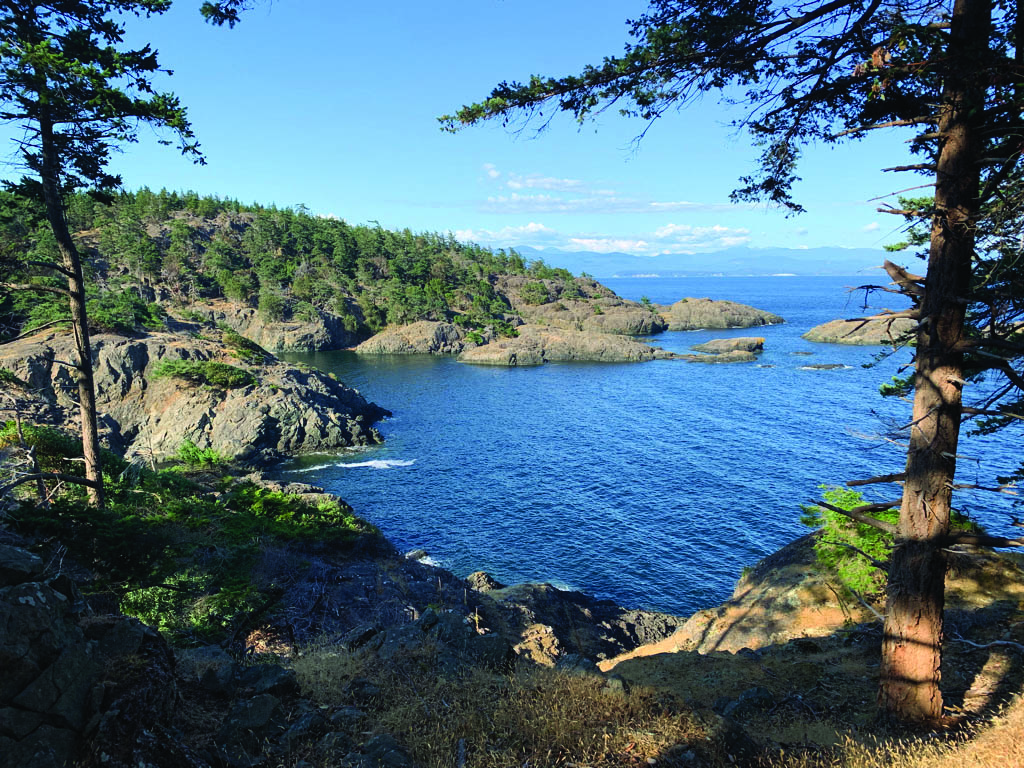
View from the recently protected Young Point.
Other Options
Life Estate: By donating a life estate, you can give your property to a land trust now, yet continue living on the property for the rest of your or a family member’s life. Once you or the person you designate no longer lives on the property, the land will be protected in perpetuity.
Bargain Sale: You may wish to see your land protected, but you can’t necessarily afford to donate your property outright. In some circumstances, a land trust may be able to fundraise to purchase your property at a reduced cost. If your sale price is 80% or less of the appraised value, you may receive a tax receipt for the difference through Environment Canada’s Ecological Gifts Program.
Subdivide for Nature: By using Section 99 of the Land Title Act, we can help you subdivide the natural portion of your property for a protected area, separated from the remainder of the property you live on, without going through the usual subdivision approval process and associated costs. Using Section 99, you can reduce your property taxes by removing a portion of the land, while ensuring the newly created lot is never developed.
Donation of other Monies, Artworks, Insurance or Retirement Funds
Donations of other items, such as art, would need to be appraised, so that a charitable receipt could be issued at the fair market value for the item’s value. Other opportunities to donate that offer tax benefits include RRSP’s, RIF’s and TFSA’s. A donor may give all or part of his or her RRSP, RRIF or TFSA to charity upon death. “This may be accomplished by direct designation outside the donor’s estate. The gift is not subject to probate and other estate settlement fees and is less susceptible to will challenges. Because the charitable tax credit offsets any tax on the distribution, the gift passes to the charity tax free.” (Green Legacies)
Want More Information on How to Conserve Your Land?
LINC can help you find ways to meet your land use needs while conserving Lasqueti’s natural future. We can help you identify the special features on your property and connect you with the resources and professionals you need to create a legacy of protected land. We can also talk about ways land conservation might save you money too.
Contact us to arrange for a representative to visit with you on your property to learn more. This would be arranged at your convenience so we could walk and share knowledge of the land. A site report can then be generated which would help you plan for the future stewardship, management or conservation of the land.
Of course, you can help LINC with its programs and conservation work by donating directly. You will receive a charitable tax receipt and the knowledge that you have helped build the resilience of nature in a changing climate.
